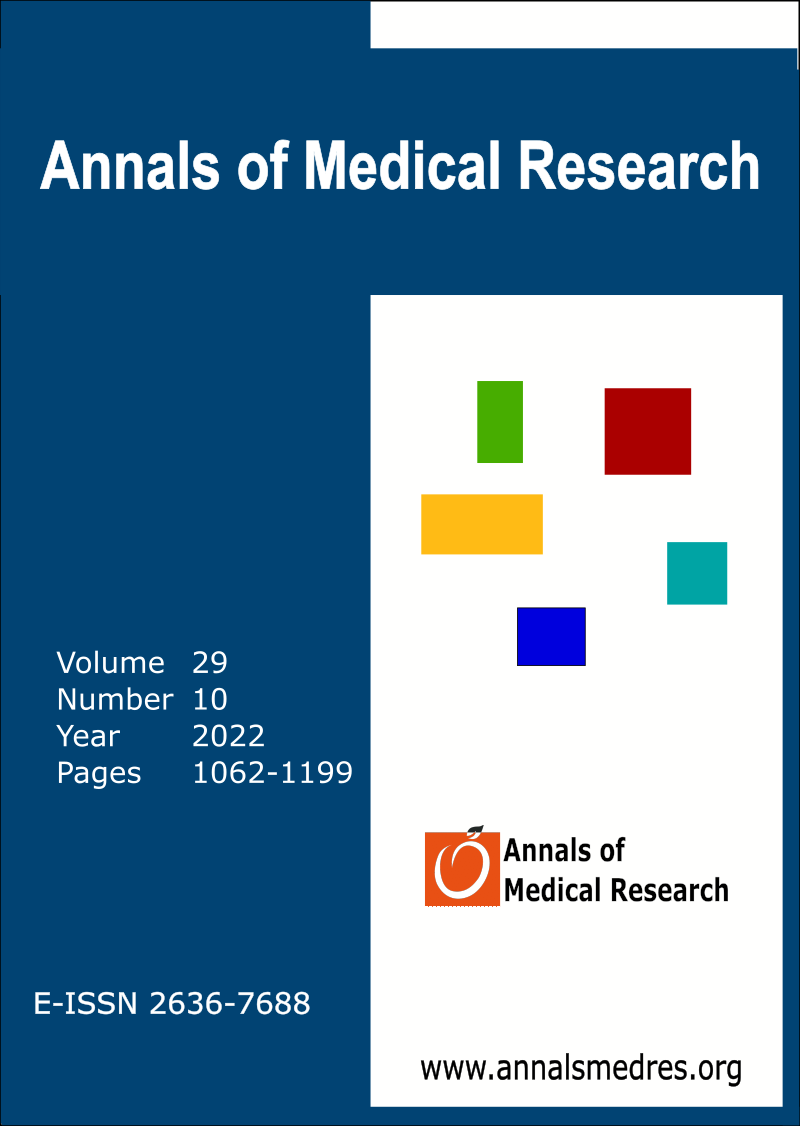What the twenty-year series in children with disorders of sex development tells us?
Keywords:
Sex, Development, Pediatrics, EndocrineAbstract
Aim: Although Disorders of sex development (DSD) are not a common pathology, they are destructive for individuals, families and society and require serious effort for the health personnel who treat and follow these patients. This study aims to evaluate the clinical, laboratory, genetic and radiological findings of our twenty-year series with DSD patients and to reveal remarkable issues.
Materials and Methods: This retrospective study and DSD patients who were detected were divided into three groups according to the Chicago classification. In this study, there were a total of 92 patients with DSD in the hospital records from 1999 to 2019 and all the data obtained were evaluated descriptive statistical. The distributions of the qualitative data were expressed by count and percentage in frequency tables.
Results: The mean presentation age of 92 patients with DSD was 9.45 ± 6.81. These patients were admitted due to suspicious genitalia. Twenty-five out of all patients (27.1%) had sex chromosome DSD patients. The mean presentation age of these patients was 15 ± 0.83 years. We examined the etiologies of thirty-four 46 XY DSD patients. Totally 12 patients had androgen-insensitive syndrome. In our study we found thirty-three, 46 XX karyotypes DSD patients. Twenty seven out of the patients in the same group were found to have congenital adrenal hyperplasia (CAH).
Conclusion: The differences in DSD patients maybe are not noticed by both the family and the doctors they first consult. DSD patients may be diagnosed late and genetic analysis may be delayed because the first admission to these patients is delayed. These patients maybe are raised in different genders until they are diagnosed by their specialists. The delay in the diagnosis of the patient may also affect the content of the surgical procedure performed. DSD should be considered in every child who presents with suspicious genital anomalies.
Downloads
Published
Issue
Section
License
Copyright (c) 2022 The author(s)

This work is licensed under a Creative Commons Attribution-NonCommercial-NoDerivatives 4.0 International License.
CC Attribution-NonCommercial-NoDerivatives 4.0






